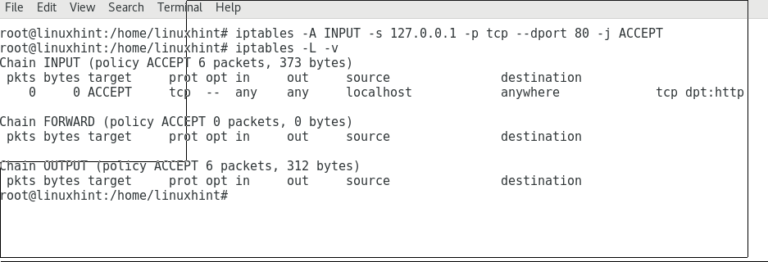



But there’s a heck of a lot more you can do with a packet. On their own, firewalld and ufw only allow you to accept or reject a packet. But simplicity also reduces the flexibility and the full feature that you’re exposed to when you decide to work with iptables. Mostly people would go for the simple solution of using firewalld or ufw as I was, before I was introduced to the beautiful and elegant iptables.įirewalld and ufw are simple and that’s what makes them popular. Now that you know what firewall and iptables are, let’s see how we can use them. Other things can also happen to a packet but let’s keep it simple. You would command it to either accept, reject or drop a packet. To decide which port is allowed to communicate to the outside world (or even on the localhost) is the firewall’s responsibility. For example when you have written a web application that runs on port 8000. We also have ports that are used by the user itself. We have system reserved ports for well-known services such as NGINX or Apache (which is 80/443). The packets in the internet (or any other network for that matter) are transferred using ports. To cover the fundamentals, firewalling is the idea of deciding which packets are allowed to go in/out of the system. Photo by Pixabay from Pexels What was firewall again?


 0 kommentar(er)
0 kommentar(er)
